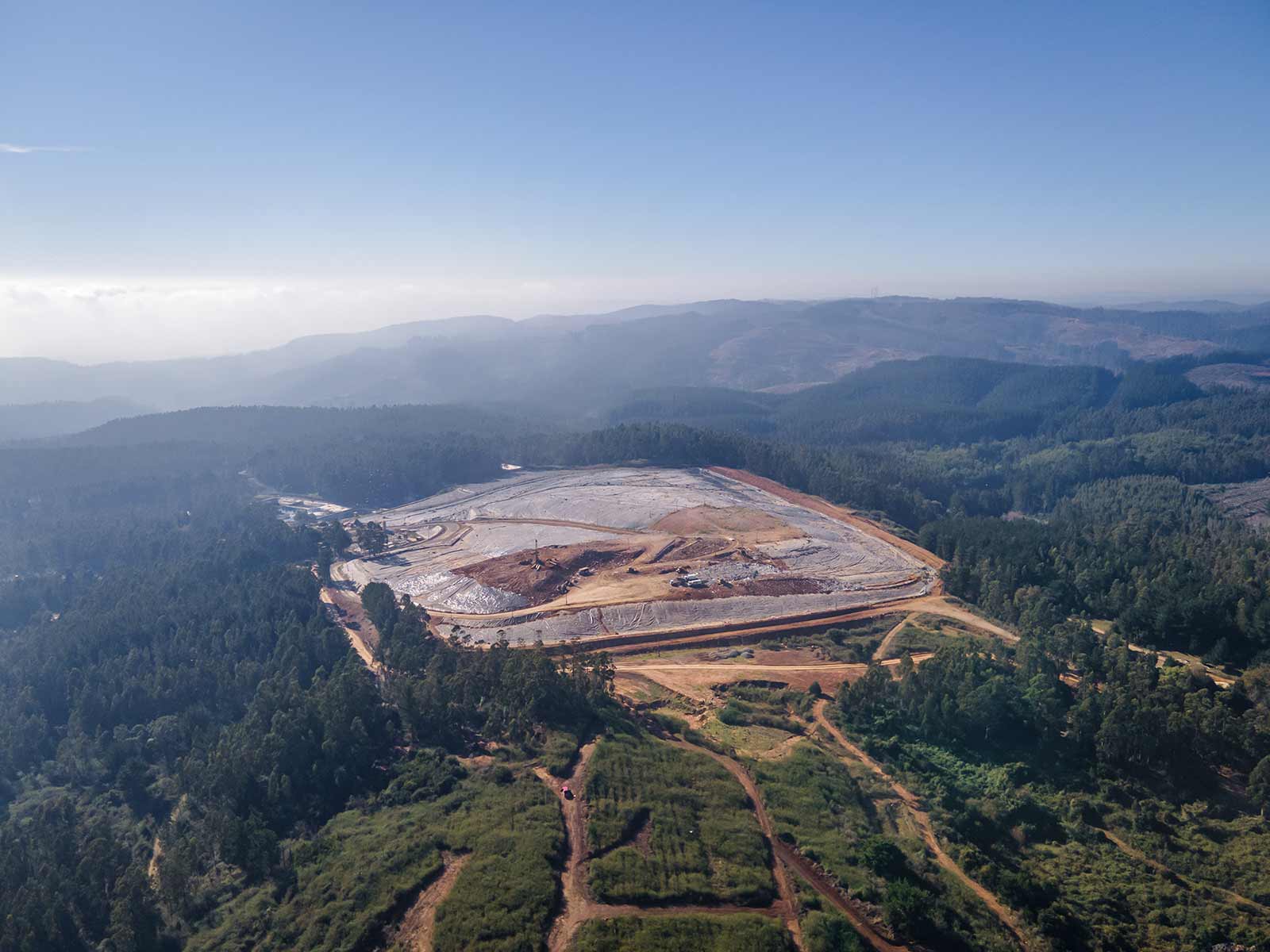The London-based company is on track to present the Quellaveco project to its board around midyear and is the final stretch of bringing in a partner to shoulder some of the cost, Hennie Faul, the head of Anglo’s copper business, said in an interview in Santiago on April 6.
Permitting is in place and Anglo is reviewing a feasibility study along with its current 18 percent partner in the project, Mitsubishi Corp. The Japanese conglomerate has said it’s in talks with Anglo about increasing its stake, and Faul said there’s been plenty of interest from other prospective buyers. Anglo intends to retain at least a 51 percent ownership and remain as operator, he said.

While Faul declined to identity other interested parties or the size of the stake to be sold, he said the sale process is “happening right now” and will be part of the project’s approval.
“Mitsubishi is part of that process as well, but there’s been lots of interest from others,” he said. “That just shows Quellaveco is a good resource but also that there is a lot of interest in copper.”
Speaking on the eve of the annual Cesco Copper Week gathering in Santiago, Faul painted a positive picture of the metal’s longer-term prospects.
While producers are emerging from a sharp price downturn with stronger balance sheets and healthy margins, they’ll struggle to keep up with demand after years of belt-tightening given how expensive and slow it is to expand output, Faul said. China’s economy, and thus its demand for the industrial metal, continues to grow, albeit at a slower pace, and electrification will help bolster the use of copper wiring, he said.
Peru turmoil
In the short term, warehouse stockpiles have risen, but they’re still at levels that are supportive of current prices, said Faul, who predicted that the market will move into a slight deficit as soon as next year. An escalating trade brawl between the U.S. and China may push prices around for the next six months to a year, he said.
“I still believe the demand will be there; it is more the supply that becomes a question,” he said. “It’s going to be tough to keep up even with slow-growth demand.”
Given the challenges, producers probably will turn more toward deals to secure growth, although in Anglo’s case the focus remains on squeezing more value out of its current operations, Faul said.
At Los Bronces, northeast of Santiago, Anglo is using artificial intelligence and machine learning to bring down energy costs, for example. Pre-feasibility work is under way on expansion options at both Los Bronces and the Collahuasi mine in northern Chile.
Anglo hasn’t been deterred by recent political turmoil in Peru, which culminated in March with the resignation of President Pedro Pablo Kuczynski after less than two years in office.
New President Martin Vizcarra has a record as a conciliator who defused protests in a country that’s seen billion-dollar projects blocked in the past by community opposition, while the new energy and mines minister is Francisco Ismodes, a former mining executive.
Peru’s institutions mostly carry on during the political shifts, and Anglo doesn’t anticipate any civil unrest. The board understands the country and the Quellaveco project, Faul said.
“We have to manage those political uncertainties, but we don’t see that as a major risk for Peru,” he said. “It’s not Venezuela by a long shot.”
(Written by James Attwood and Laura Millan Lombrana)


Comments